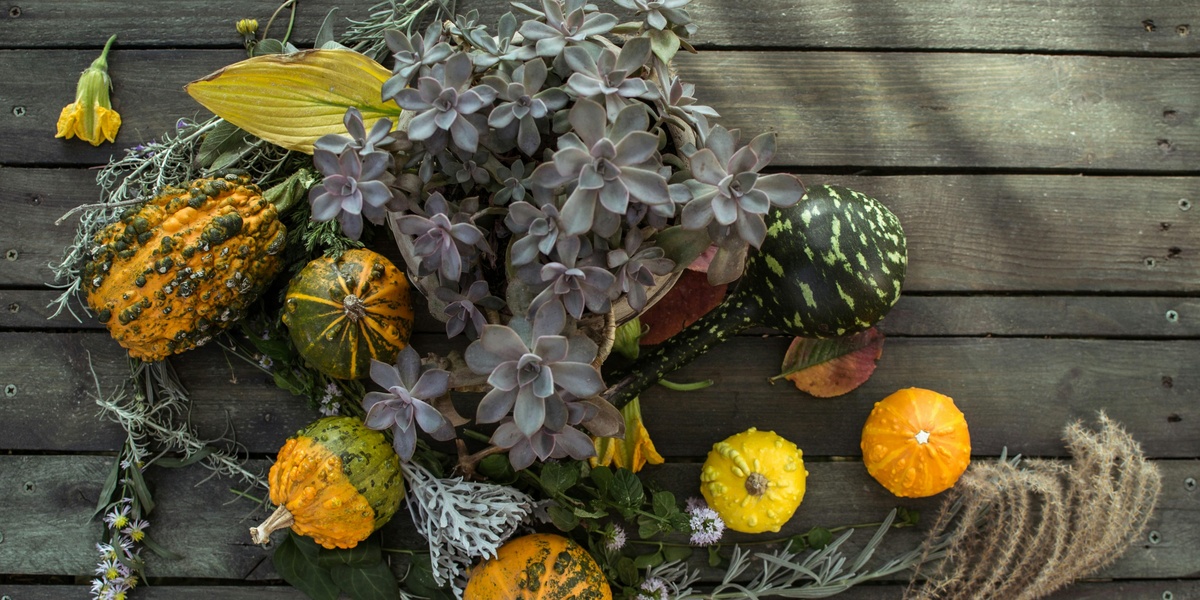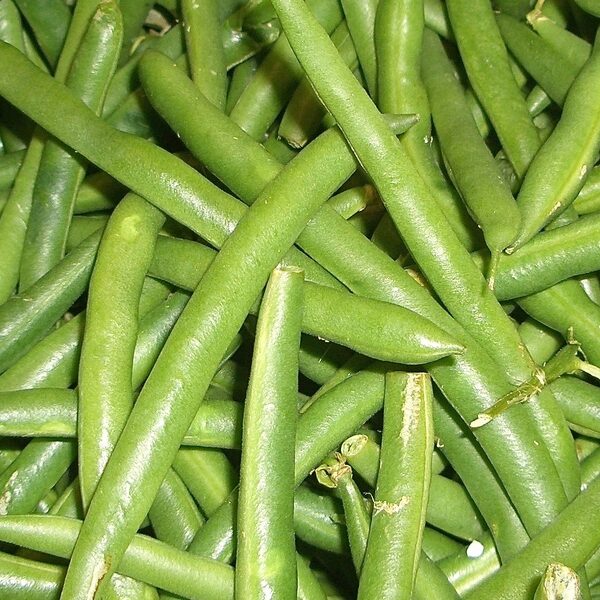In colonial New England, colonists used both pumpkins and squash as key winter staples—roasted, stored and woven into diets long before canned pumpkin existed.
That history matters today because the differences between these gourds change how they cook, what gardeners plant, and what shoppers pick at the farmers’ market.
Although the two names are often used interchangeably, seven clear differences in taxonomy, appearance, flavor, nutrition, cultivation and cultural uses explain why cooks, growers and shoppers treat them differently.
There are five domesticated Cucurbita species (C. pepo, C. maxima, C. moschata, C. argyrosperma and C. ficifolia), and that botanical fact underpins many practical distinctions.
When comparing pumpkins vs squash, expect differences that affect puree yield, carving ability, storage life and even market timing.
This article walks through seven numbered differences grouped into three categories: botanical, culinary/nutritional, and cultivation/cultural.
Botanical and Taxonomy Differences
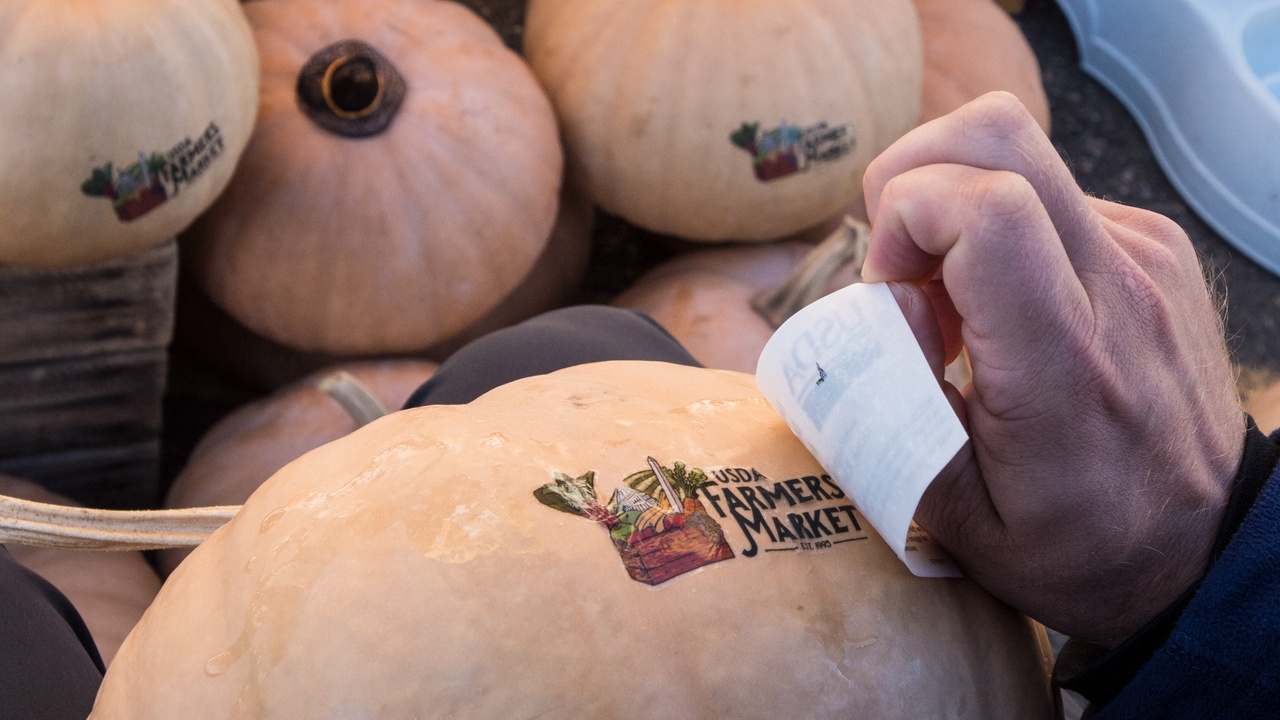
The genus Cucurbita contains multiple species, and the familiar words “pumpkin” and “squash” map imperfectly onto that botanical tree.
Five Cucurbita species were domesticated in the Americas thousands of years ago (C. pepo, C. maxima, C. moschata, C. argyrosperma and C. ficifolia), and breeders have since developed hundreds of cultivars with very different habits and flesh qualities.
These species-level differences matter for gardeners and cooks because vine habit, rind thickness and flesh texture are inherited traits that guide use.
1. Species and classification: ‘Pumpkin’ spans multiple Cucurbita species
Pumpkins and many squashes belong to the Cucurbita genus, but the label “pumpkin” is not a single botanical category.
The five domesticated species—C. pepo, C. maxima, C. moschata, C. argyrosperma and C. ficifolia—include both small sugar pumpkins and large winter squashes (for example, C. pepo contains many summer squashes and small pumpkins; C. maxima includes Hubbard and several giant types).
Domestication began in the pre-Columbian Americas several thousand years ago, and Indigenous agriculture selected for traits such as storage ability and flesh quality long before European contact.
For practical purposes gardeners and plant breeders choose varieties by species because vine length, fruit size and flesh texture differ predictably by species.
2. Physical traits: shape, rind, stem and flesh vary by type
People often separate pumpkins from squash by appearance—round orange shape and a firm, corky stem suggest “pumpkin”—but visual cues are imprecise.
Rind thickness, skin texture (smooth versus heavily ribbed), and flesh density vary by cultivar. Thick-rind winter squashes tend to store longer—many winter squashes keep for about 3–6 months—while typical carving pumpkins are often only good for 2–3 months in storage if cured properly.
Sugar pumpkins have compact, dense flesh suited to purees; butternut (a C. moschata type) is bell-shaped with creamier flesh and a thicker rind that helps its 3–6 month shelf life.
As a curiosity, giant pumpkins (selected within certain C. maxima and C. pepo lines) can reach thousands of pounds, illustrating how selective breeding changes size dramatically.
3. Seeds, flowers and reproductive differences that affect growers
Seed size and shell thickness differ across cultivars; some pumpkins are grown primarily for their large, flat seeds, while many squashes are grown for flesh.
Flowering biology matters for yields and seed saving: Cucurbita plants produce separate male and female flowers, and cross-pollination occurs within species—so seed savers should isolate varieties by species to maintain traits.
Practical tips: save seed only from isolated blocks or use 500–1,000 feet of separation between varieties of the same species, and note that pollen from different species generally won’t set viable seed.
Growers harvesting for roasted seeds will prefer cultivars with larger, easier-to-dehull seed, while processors selecting for puree want uniform fruit shape and seed cavity size.
Culinary and Nutritional Differences
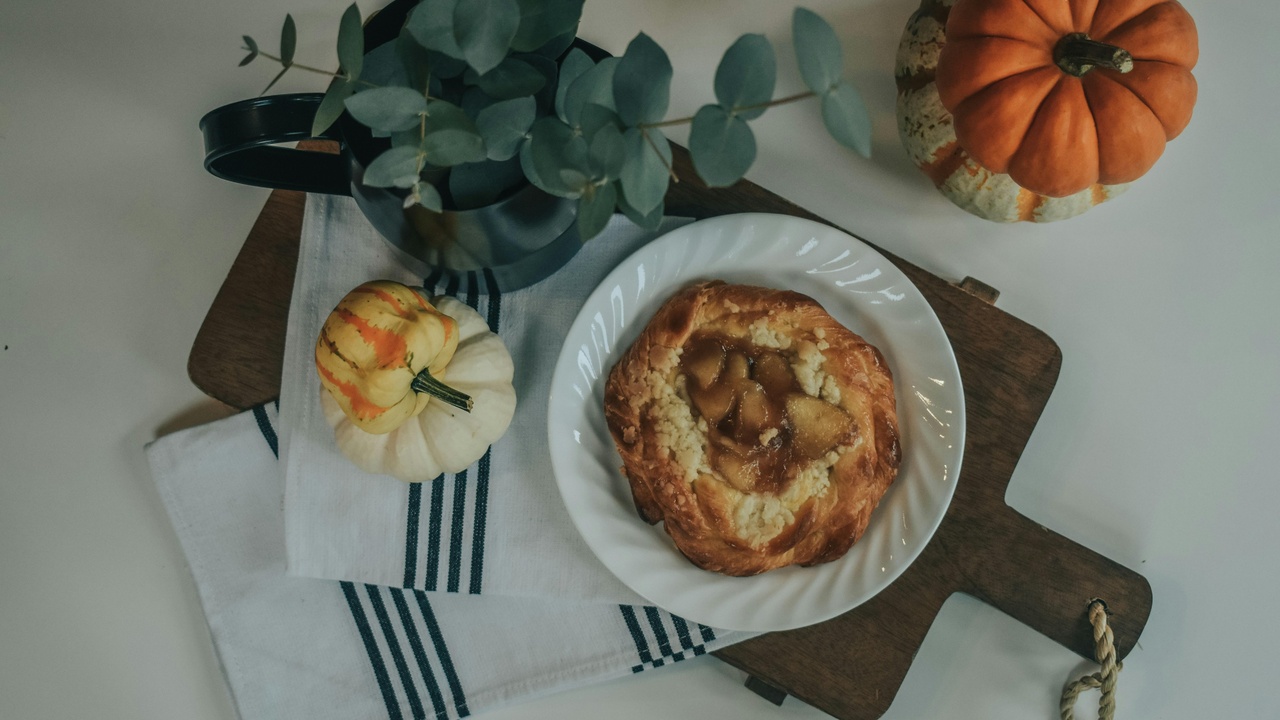
Botanical traits translate directly into how pumpkins and squashes behave in the kitchen: sweetness, moisture and texture determine whether a variety is best for pie, soup, roasting or seed oil.
The grocery term “pumpkin” often refers to pumpkin-type Cucurbita or canned pumpkin blends, while “squash” covers a wide culinary family from delicate summer zucchini to dense winter types like butternut.
When shoppers or cooks choose ingredients, understanding puree yield, water content and natural sweetness helps predict recipe success.
4. Flavor and texture: which varieties work best in pies, soups and roasting
Generally, pumpkins produce milder, drier purees and many winter squashes (like butternut) are sweeter and silkier.
For baking, you want a low-moisture puree. Sugar pumpkins are prized for pies because their flesh yields a dense, less watery puree; canned pumpkin (Libby’s is a common brand) is formulated to be consistent for baking.
For soups and purees where a creamy mouthfeel is prized, butternut (C. moschata) or kabocha give sweeter, richer textures. A simple swap: use equal weight of roasted butternut puree for canned pumpkin in a soup recipe, though you may need to reduce added liquid slightly because roasted squash can be silkier.
Roasting is a practical technique to concentrate flavor and reduce moisture—roast cubes at 400°F until caramelized, then blend; this typically improves puree yield and texture for both pumpkins and winter squashes.
5. Nutrition and processing: vitamins, fiber, and commercial uses
Both pumpkins and squash are nutritious sources of beta‑carotene (a vitamin A precursor) and fiber, but levels vary by cultivar and cooking method (USDA food profiles).
Numbers from USDA profiles illustrate the differences: 100 g of raw pumpkin contains about 26 kcal, while 100 g of raw butternut squash contains roughly 45 kcal. A cup (about 245 g) of cooked pumpkin provides on the order of 3 grams of fiber and several thousand IU of vitamin A, depending on the product form (fresh versus canned).
Commercial processing highlights different uses: canned pumpkin and puree manufacture select dense-fleshed cultivars for consistent texture; other operations press seed oil for dressings or roast seeds as snacks.
Labeling can be confusing: some canned “pumpkin” products are blends of Cucurbita species, so ingredient lists and USDA-based nutrition facts are the reliable guide for cooks and consumers.
Cultivation, Harvesting and Cultural Uses
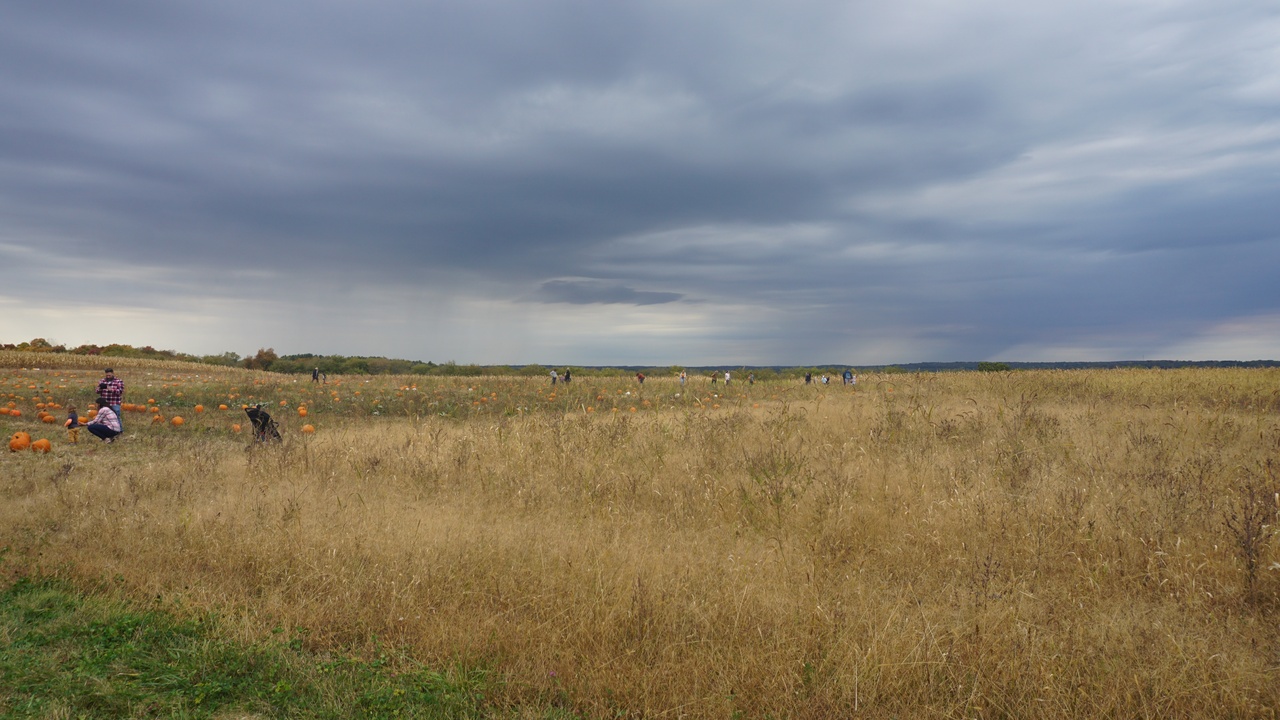
Growing practices, harvest timing and cultural demand shape what appears on store shelves each season: planting windows, curing methods and holiday markets all favor different types.
Typical harvest months in temperate regions span September–October, and storage life determines whether fruit remains available into winter or is sold quickly for carving and display.
Below are practical growing and cultural differences that explain seasonal availability and market behavior.
6. Growing, harvest timing and storage: when to plant and how long they last
Plant seeds after the last frost and allow full-season varieties the warm months they need; in temperate zones that usually means planting in late spring and harvesting in September–October before heavy frosts.
Curing—drying fruit in sun or a warm, dry spot for 7–10 days—toughens skins and extends storage life. Recommended storage conditions are cool (50–55°F) with moderate humidity (50–70%).
Under good conditions many carving-type pumpkins keep about 2–3 months; thicker-rind winter squashes often last 3–6 months when cured and stored properly.
Signs of spoilage include soft spots, leaking sap at the stem, or mold around the blossom end—remove affected fruit promptly to protect the rest.
7. Cultural and economic uses: carving, festivals, and processing markets
Pumpkins have a unique cultural role in autumn: jack‑o’‑lantern carving and Halloween displays create a sharp demand spike in October that many retailers and farms plan around.
By contrast, many winter squashes are steady food crops with year-round culinary demand, used in soups, sides and processed goods across seasons.
Economic impacts are clear: growers diversify—some run pumpkin patches and agritourism attractions aimed at October visitors, while others contract with processors who require uniform, dense varieties for canned pumpkin or seed oil.
Common cultural examples include Halloween carving and Thanksgiving pumpkin pie, while processors and restaurants prefer consistent cultivars to ensure predictable puree color and sugar content.
Summary
- Taxonomy matters: five domesticated Cucurbita species underlie the variety we call pumpkins and the many squashes.
- Appearance and seed traits affect use—rind thickness helps determine storage life (pumpkins ~2–3 months; many winter squashes 3–6 months) and seed size guides roasting vs. flesh production.
- Culinary roles differ: sugar pumpkins and canned pumpkin are better for dense pie purees; butternut and kabocha give sweeter, creamier results for soups and roasting.
- Planting and harvest are seasonal (plant after frost; harvest Sept–Oct); curing (7–10 days) and cool storage extend shelf life.
- Try swapping roasted butternut for canned pumpkin in a soup recipe to compare texture, or visit a local pumpkin patch or farmers’ market to inspect rind thickness and flesh before you buy.
